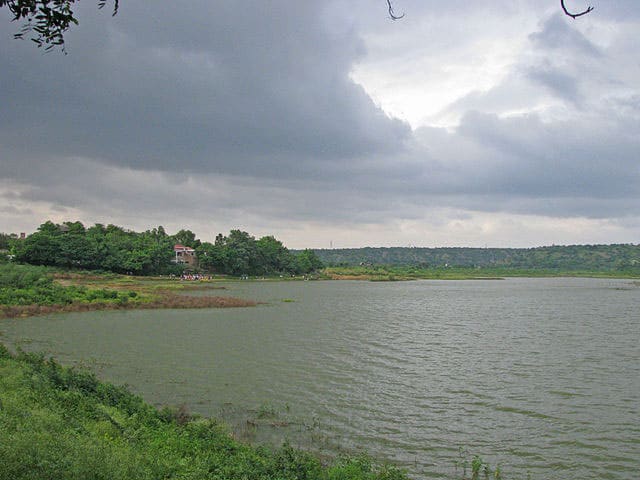In the heart of India’s bustling capital city, New Delhi, lies a serene and enchanting oasis known as Shantivan, or the Peace Park. This verdant haven offers respite from the urban chaos and serves as a tranquil retreat for those seeking solace, spirituality, and natural beauty. In this comprehensive guide, we invite you to explore the captivating world of Shantivan, discover its rich history, uncover travel tips, and find answers to frequently asked questions about this hidden gem.
Shantivan’s History and Significance
A Tribute to a Visionary Leader
Shantivan holds a special place in the hearts of millions of Indians as it is the final resting place of one of the nation’s most revered leaders, Lal Bahadur Shastri. The park was established in honor of Shastri, who served as the second Prime Minister of India from 1964 to 1966. His leadership during a critical period in India’s history, including the Indo-Pakistani War of 1965, earned him immense respect and admiration.
Architectural Marvels
One of the standout features of Shantivan is its striking architecture. The Samadhi, or memorial, of Lal Bahadur Shastri is a masterpiece in marble and symbolizes his simplicity and humility. The pristine white structure, surrounded by lush greenery, creates a sense of serenity and reverence.
Exploring Shantivan: What to Expect
Lush Gardens and Scenic Beauty
Shantivan spans over 52 acres of beautifully landscaped gardens, making it a paradise for nature enthusiasts and photographers. As you stroll through the park, you’ll encounter a wide variety of plants, trees, and flowers. The meticulously manicured lawns are perfect for picnics, and the colorful blooms add a vibrant touch to the surroundings.
Meditation and Spiritual Retreat
For those seeking inner peace and spiritual rejuvenation, Shantivan offers meditation spots and tranquil corners that are ideal for introspection. The serene atmosphere and the presence of Shastriji’s Samadhi create a sense of spirituality that permeates the entire park.
Light and Sound Show
A visit to Shantivan is incomplete without experiencing its mesmerizing light and sound show. The show, held in the evening, narrates the life and contributions of Lal Bahadur Shastri, accompanied by captivating visuals and music. It’s a moving tribute to a great leader and a must-see for all visitors.
Travel Tips & FAQs
How to Reach Shantivan
Shantivan is conveniently located in central Delhi, making it easily accessible by various modes of transportation. You can reach Shantivan by:
- Metro: The nearest metro station is Central Secretariat, which is well-connected to the entire city.
- Bus: Several public buses ply to Shantivan, and you can check the routes online or at the bus terminals.
- Taxi or Auto: Taxis and auto-rickshaws are readily available throughout Delhi, and you can hire one to reach the park.
Entry Timings and Fees
- Timings: Shantivan is open to the public from 6:00 AM to 9:00 PM every day.
- Entry Fee: There is no entry fee to visit Shantivan, making it an affordable and accessible destination for all.
Photography and Videography
Visitors are welcome to take photographs and videos for personal use. However, professional photography and commercial shoots require prior permission from the authorities.
Facilities at Shantivan
Shantivan provides essential facilities for visitors, including clean restrooms, drinking water, and seating areas. It’s advisable to carry drinking water and some snacks, especially if you plan to spend a few hours exploring the park.
Conclusion
Shantivan, the Peace Park of Delhi, is not just a place; it’s an experience that transports you to a realm of tranquility and reverence. Whether you’re a history buff, a nature lover, or someone seeking spiritual solace, Shantivan offers something for everyone. With its rich history, lush gardens, and a sense of serenity, it stands as a testament to the legacy of Lal Bahadur Shastri. So, when you find yourself amidst the bustling metropolis of Delhi, take a moment to escape to Shantivan, where peace and beauty await.











